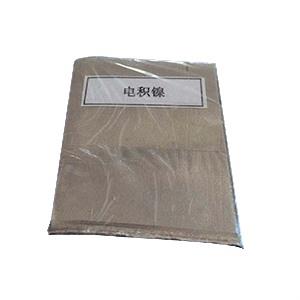Detection method of nickel content in stainless steel
Detection method of nickel content in stainless steel
1. Evaluate by metal material instrument.
2. Use stainless steel to detect liquid chemicals, do experiments with potion and stainless steel to see chemical changes, reflect different colors, and clearly identify the type of stainless steel.
3. Spark identification method: mainly used in steel, grinding under the grinding wheel due to friction, high temperature effect, various elements, spark flame formed by air oxidation of particulate matter, shape, bifurcation, color, etc., according to the composition of different materials ( composition elements) and approximate content in this way. The content of nickel is 8.0 percent and 11.0 percent. Naturally, the content of nickel is consistent with other elements such as carbon, chromium, manganese, and sulfur.
4. Magnetic identification: Stainless steel is generally divided into two types of stainless steel plates: chromium stainless steel and nickel stainless steel. We use the general magnetic method. Specifically, only one part of the stainless steel is magnetic. In fact, there are more or less both. It is magnetic, only chromium-containing stainless steel is stronger than nickel-containing stainless steel.
Assuming that the magnetic properties of nickel-only stainless steel are poor, the nickel will naturally become weaker. It is also a common way of economic development. When many customers buy stainless steel, it is not easy to distinguish how much nickel is rich in stainless steel. Therefore, I am always afraid of routines, and the above will give us some common detection methods to identify how much nickel is rich in stainless steel.
Mainly deal with pure nickel metal products, nickel, nickel mesh, nickel wire mesh, nickel mesh buffer, elastic nickel mesh, titanium wire mesh, pure nickel, nickel alloy mesh, nickel products used in petrochemical, construction, textile, medicine, aviation , aerospace powder metallurgy, heat treatment, glass, clean electric furnace, industrial water, etc.


